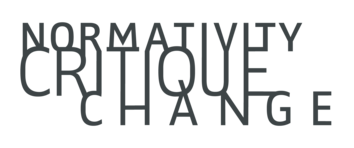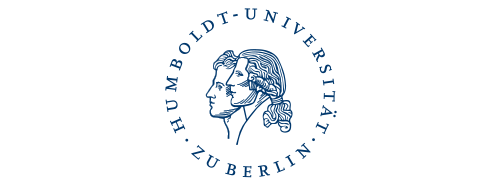Yon Natalie Mik
Yon Natalie Mik is a multidisciplinary artist and dance scholar who is working at the intersection of performance, poetry, and theory. She studied classical ballet and classical Korean dance, before she completed her graduate studies in Asian Studies and International Studies at the University of Bonn and at the Seoul National University. Her Ph.D. project in Dance Studies titled Choreography of the Ghost – Rewriting Archives through Kinetic Thinking in Contemporary Expanded Asia is part of the Graduiertenkolleg Normativity, Critique, Change at the Freie Universität Berlin and is funded by the German Research Foundation.
Drawing from the experiential knowledge of disobedient and oppressed bodies, Mik’s research and artistic practice are anchored on the subversive power of fragility. Her expanded choreographies manifests in in-depth studies that delve into various forms of kinetic thinking ranging from intimate gestures to larger social movements. She co-founded the publishing house The Invisible Archive (Los Angeles/Berlin) and is a recipient of the Akademie Schloss Solitude Fellowship and the Korea Foundation Fellowship.
- Lecture series on “Vulnerability and Social Choreography” (SS 2023), BFA program in Contemporary Dance, Korea National University of Arts.
- Guest professorship, “Fragility and Social Choreography” (WS 2023-24), Seminar Body and Sound, MFA program Body, Theory and the Poetics of the Performative, Staatliche Akademie der Bildenden Künste Stuttgart.
- Lecture on “The Invisible Archive” (WS21-22), Seminar Reflections on a Future Berlin Dance Archive, Dance Department/Institute of Theater Studies, Freie Universität Berlin.
- Lecture series on “Choreography of Care and Support Structures” (SS 2024), MA program in Art Praxis, COOP study groups, Choreopoethics: undisciplined corporeal publishing and choreographic planning, Dutch Art Institute.
The research project Choreography of the Ghost – Rewriting Archives through Kinetic Thinking in Contemporary Expanded Asia explores how transmigrant Asian artists, whose affiliations to authoritative categories of nation-states or socio-cultural norms are unstable, utilize expanded forms of choreography to examine, question, intervene in, and reimagine seemingly rigid archives. At the center of the dissertation are four case studies that delve deep into the choreographic strategies of Prumsodun Ok, Choy Ka Fai, Ahn Eun Mi, and Phitthaya Phaefuang. These studies consist of performance analyses, which are embedded in theoretical discussions from an intersectional, cultural studies, and phenomenological point of view.
Choreography is viewed as a kinetic technology of critique that operates through different but interconnected artistic approaches. These include the historiographical approach, the fictional approach, and the spectral approach, all of which engage with archives in a performative and thus transformative way. It acts as a knowledge device that uncovers the historiography of lives oppressed by sexism, racism, and capitalism. Archives are viewed as important systems for the preservation of knowledge, yet they simultaneously act as custodians of norms that can solidify the marginalization or censorship of lives deemed not viable or dangerous.
Focus of Research
- History of choreography
- Feminism, queer theory, racial studies
- Dance studies and performance studies
- Disability movements and kinetic knowledge
- Historiography, archives and fiction
Texts
- Mik, Yon Natalie. “Moldings, Lesson, Crisis.” In RE/VERSIONEN, edited by Veronika Darian, Jessica Hölzl, and Jamila Arenz, University of Leipzig: Neovelis Verlag, 2023.
- Mik, Yon Natalie. “Wannsee Erinnerungen” in Mapping Memory Project, Online Publication, 2021.
Lectures
- “I got a Million Dreams”, lecture performance, Miss Read Talks, 2023.
- “No Tomorrow - Scores for the Unreliable Body (Parts of Dance I)”, lecture performance, Akademie Schloss Solitude, 2023.
- “Farewell to I - Archiving through Dissolution (Parts of Dance II)”, lecture performance, Staatliche Akademie der Bildenden Künste Stuttgart, 2023.
- “Between Theory and Practice. Autotheory as a Method in Dance Research”, Octoberdans Festival, presentation, BIT Teatergarasjen, 2022.
- “Body to Body – Autotheory in Dance Studies”, presentation, 15th Gesellschaft für Theaterwissenschaft (GTW) Conference, 2022.
- “The Invisible Archive”, Friends with Books, lecture performance, Hamburger Bahnhof – Nationalgalerie der Gegenwart, 2019.





